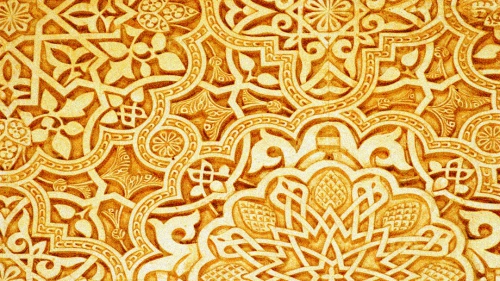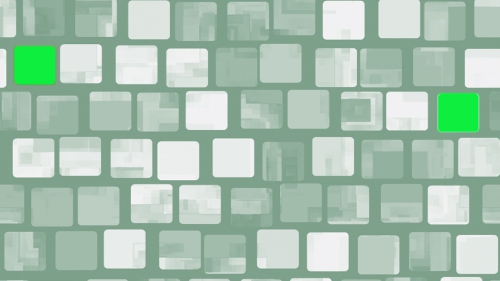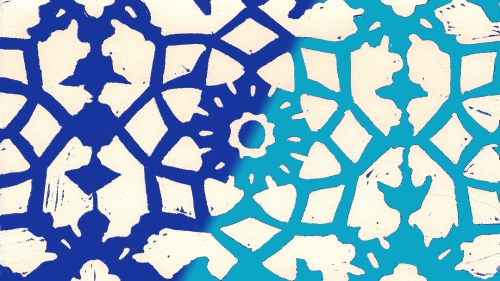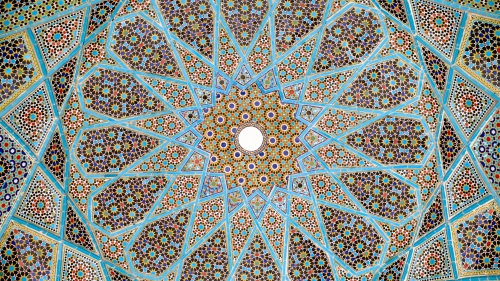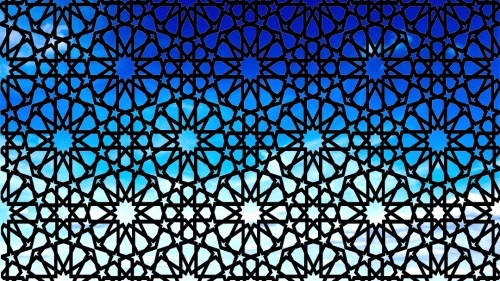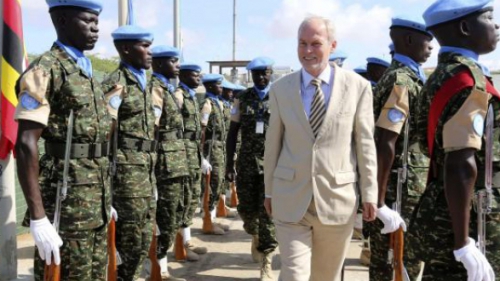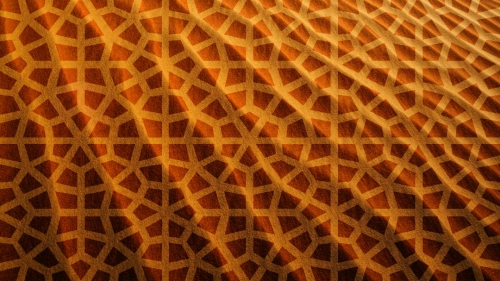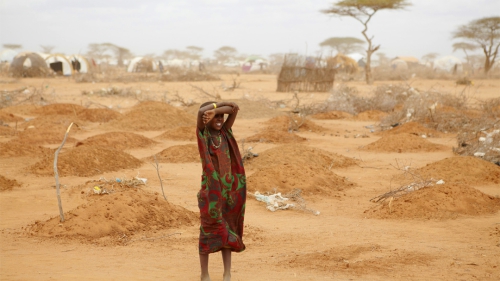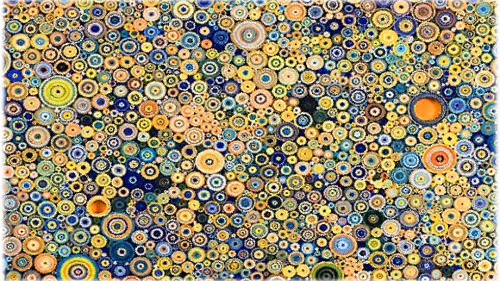Somalia Analysis Part II: The Clans Rebuild/The Warlords Fade
After the collapse of the Siad Barre regime in 1991, the greater part of Somalia sank into civil war. All national institutions collapsed and warlords filled in the power vacuum. In order to pursue their personal interests, the warlords incited the Somali public along clan lines and waged wars that led to the self-destruction of Somalia. Yet, it is possible to separate warlord power from clan organization and this has in fact been the key to Somalia's homegrown solution to its own dilemma.
As British journalist Richard Dowden recently suggested in an article written for the Economist, "the fundamental key to Somalia is that the clan system, which tore the nation apart, also provided the mechanism to hold society together." In the case of centers like Bossaso, this has meant that local businessmen have secured their success largely through their skill in gaining legitimacy in the eyes of clan elders. These elders have been and remain the very lynchpin of the clan system -- the only source of legitimacy for community-based initiatives and leadership apart from the naked power of the gun.
Recent letters from two of the main warlords to the United Nations show their growing nervousness at the success of clan elders in pulling together a peaceful Somali civil society in many parts of Somalia. They openly complain that elders are not "traditionally" political and should not be encouraged to speak for Somalis by the United Nations. Thus the warlords have tried to hide the arbitrariness of their own power under the false banner of correct custom. In doing so, they provide unwitting justification for the support of the elders by the outside world. The very fact that such dying pleas come from these warlords should alert the world to a shifting balance of power in Somalia and offer hope for the future.
In fact, clan elders, cooperating with religious figures, local entrepreneurs and the rest of civil society have virtually eroded the wide powers of some of the powerful warlords in Mogadishu.
According to Richard Dowden, faction leaders in the south are losing their power. Ali Muhammed, who once claimed the presidency, has fled, driven out by his own people and is unlikely to return. His rival, Hussein Aideed, son of the late Muhammad Aideed, who chased the Americans out, is also losing territory and power. The elders of his clan are turning against war, and communities are refusing to pay him "taxes."
How is this shift of power manifest? The focus of Dowden's hopeful economic view is Galkayo, a town in central Somalia on the very doorstep of the chaotic south. Galkayo was witness to the civil war and once became the battleground for the clan hostilities. Dowden describes it as follows:
You might expect it to be a heap of rubble, hungry and anarchic. Far from it. On an evening stroll through its crowded streets, you find teashops and restaurants full; shops open, workshops brimming with bustle and noise. Houses are being built. You see no guns, no shattered buildings and, while people are clearly poor, no one is begging. Moreover, you can actually see Galkayo has streetlights, the only town in Somalia to have them.
As in the case of Bossaso, farther to the north, Galkayo represents the successful cooperation of local businessmen, clan elders, and foreign investors, including members of the increasingly important Somali Diaspora. Power in the town is supplied by generators installed with the help of private American investors. A similar arrangement provides international telephone service for residents. By comparison, a recent NBC Dateline expose' on Somalia claimed that the use of generators and other localized infrastructure to support communities shows the anarchy of Somalia. Of course, large gaps exist in the infrastructural grid of the country -- particularly in the central region of the warlords. But this does not mean that local attempts at civil order are hopeless or anarchic. Rather, they are merely necessary for the time being until rebuilding
and pacification is complete.
Dateline also emphasized disease and death amongst the Somalis they visited. They described 11 children and young people, for example, dying in their convoy as they traveled between villages in search of fresh water. In the war torn south, such deaths can be correctly laid at the door of the warlords, who in this case stole a water pump from one unfortunate village. But attribution of widespread suffering and death in Somalia to war is misleading.
Interference with the deliveries of aid supplies -- such as the theft of World Vision's pumps -- is not typical in Somalia as a whole. Massive food aid is not even a strict necessity in booming centers like Bossaso and Galkayo. The root cause of death in much of Somalia is drought. As Dowden puts it: "Hunger is caused by the weather, not by war or politics [and] ... aid agencies and the UN may find it easier to get food to the needy in Somalia than they do in many bureaucratically run countries." This is born out by testimony from Matt Bryden of the War Torn Societies Project, a particularly successful NGO in Somalia that has now transformed into the Puntland Development and Research Center, which concluded in 1997 that "much of the Somali population now feeds itself."
The conclusion is that human suffering in Somalia is indeed a problem but one with a clear solution. That solution has already been found in the form of northern initiatives in local self-government. These initiatives have linked the clans to regional grass-roots administrations with all three branches of government.
On this issue Dowden says: "Through clan-based peace conferences the two northern chunks, Somaliland and Puntland, are reasonably peaceful and secure, though they dispute a large area. Puntland, in northeastern Somalia, has set up a regional administration but, unlike Somaliland, is not claiming independence. Their local administrations try to institutionalize authority, collect taxes and get some development projects under way."
Reconstruction has also begun in other areas, like Galkayo, through peaceful economic reconstruction. In fact, much of what the world community has called for is now practiced in both regions. All of this remains, ironically enough from an outsider's point of view, clan-based. But the situation is not ironic to Somalis who perceive the world through the lenses of an ancient cultural experience.
What is the role of this cultural experience in Somalia's history? What connection has it had to the tragedy of Civil War?
Dateline's analysts were correct in observing how an isolated nomadic Somalia had been torn and destroyed as a nation in the tug-of-war of Cold War rivalries. The partial result of that was the creation of a self-destructive apparatus of State power - the Siad Barre regime - tied to Superpower interests but completely unsuited to the organization of the clans and everyday social life in most of the country.
But warlord violence is not the revenge of the old social order on the new. It is not a simple reversion to an anarchic past. Rather it is a temporary distortion of traditional Somali politics. It is a rupture with tradition that is gradually being repaired, despite the protests of its promoters, the warlords. Thus the clans are constructing a unitary state in its terms of a nomadic cultural vision, a project "from the bottom up" or a grassroots politics of nationhood through the decentralized rule of nomad society.






